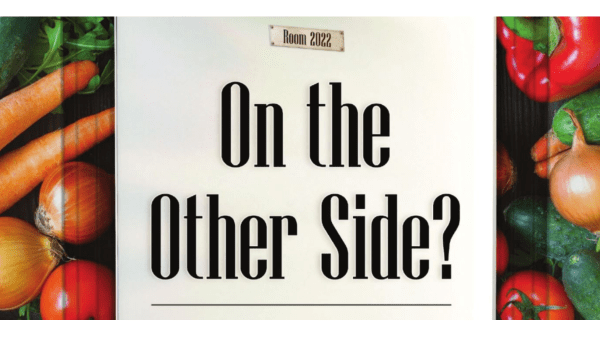According to the CDC’s Foodborne Diseases Active Surveillance Network (FoodNet), there were 26 percent fewer foodborne infections in 2020 compared with the average annual number from 2017 to 2019, marking the first decline in many years.
The causes are unclear; the change could be due to an unwillingness to seek medical attention during the pandemic, a change in lifestyle habits including hygiene and eating patterns, or other factors, according to Jennifer McEntire, senior vice president of food safety and technology at the International Fresh Produce Association (IPFA).
While total reported cases may be down, Mike Bentel, a consultant on food safety and instructor at the Brightwater Center for the Study of Food in Bentonville, AR, says he’s seen a growing number of incidents in two areas.
The first is positive tests related to micro results on contact surfaces. A bump in such cases would be expected with the implementation of the Food Safety Modernization Act (FSMA) over the past few years.
The second is within the context of FSMA’s Foreign Supplier Verification Program, where Bentel says violations have increased tenfold.
“The FDA [Food & Drug Administration] has gone from education to enforcement,” he says.
Receiving a letter from the FDA could jeopardize a nonresponsive supplier’s ability to bring fruit and vegetables into the United States. “The agency wants to work with you, but the warning letters are serious,” stresses Bentel. “It could cost you the 20 loads that are on the water—they won’t enter the United States.”
Regarding FSMA, the industry is watching for the “reproposed” section of the Produce Safety Rule, pertaining to agricultural water, which is expected at any time as of this publication’s printing. This is the only part of the law for which rules are still being finalized.
Something else to keep an eye on in 2022, according to Bentel, is the FDA’s collection of salmonella DNA samples and the creation of a database of DNA sequencing. The FDA has been doing this for listeria for 10 years, but just started on salmonella two years ago.
“The use of DNA sequencing of salmonella samples will increase the identification of contamination sources,” Bentel explains, noting that salmonella is 1,000 times more common than listeria.
Meanwhile, the new FDA food traceability regulations—part of FSMA—are coming. If the final rule is as expected, all roles within the supply chain will be required to implement traceability data-gathering, storing, and sharing capabilities.
“The largest impact will be the requirement to track and store lot numbers to the retail store or foodservice operation,” says Ed Treacy, vice president of supply chain and sustainability at IFPA.
“Frankly, I don’t know how we as an industry will be able to implement that requirement with any high degree of accuracy. I’m hopeful the final regulation will revise that requirement to the last point of distribution before the store or foodservice operation.”
“This rule will have a great impact on the industry,” acknowledges McEntire. “It might be painful, but hopefully it eliminates the need for broad industry advisories.”
The focus on traceability is here to stay, no matter what happens with the rule. In a survey by IBM’s Institute for Business Value, 71 percent of consumers say traceability is very important to them and they’re willing to pay a premium (35 percent on average) for brands that provide it.
Retailers are also focused on traceability and transparency.
“There will be more requirements from buyers to provide full transparency about the product their suppliers are selling,” Treacy says. “This will include sustainability, food safety, traceability, time, temperature, humidity, and other data points tied to the particular lot numbers of the product being shipped.”
Jin Ju Wilder, director of marketing and business development at Vesta Foodservice BB #:125924 in Santa Fe Springs, CA, says there is much more reporting pressure on vendors, with customers wanting proof of everything from sustainable practices to traceability to supplier diversity.
All of this reporting is a burden for smaller companies, and in many cases, there is no certification body to offer the desired paperwork.
“It’s a difficult world to navigate now,” she adds.
This is an excerpt from the cover story of the January/February 2022 issue of Produce Blueprints Magazine. Click here to read the whole issue.



